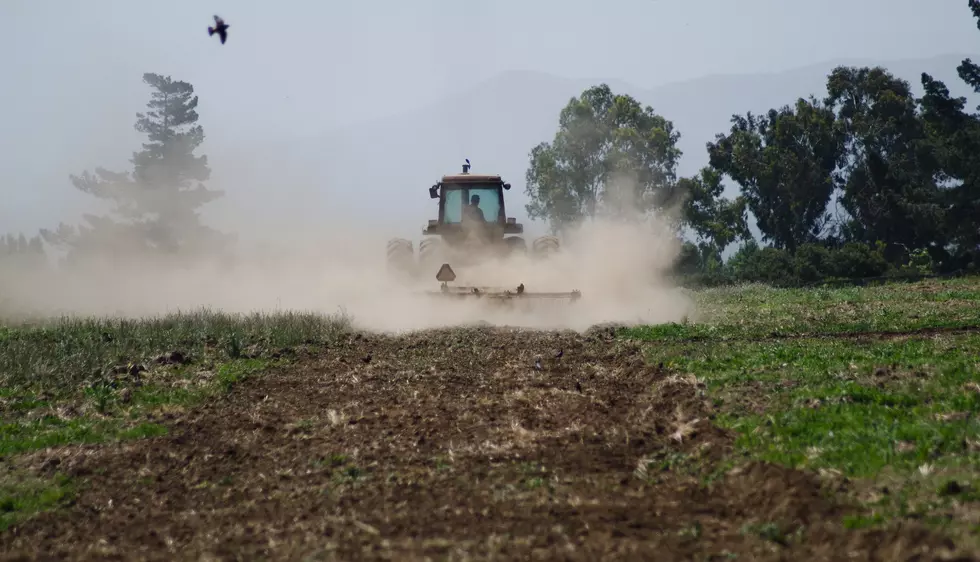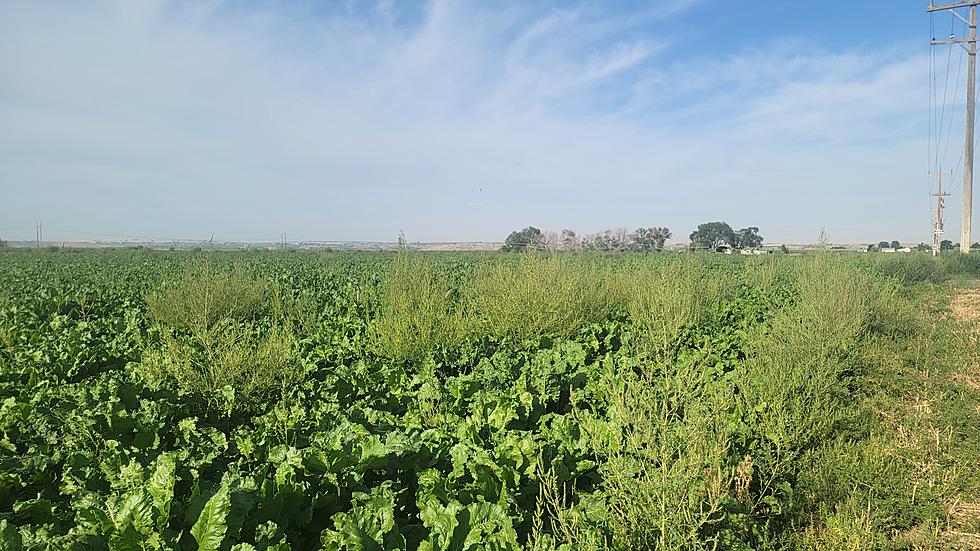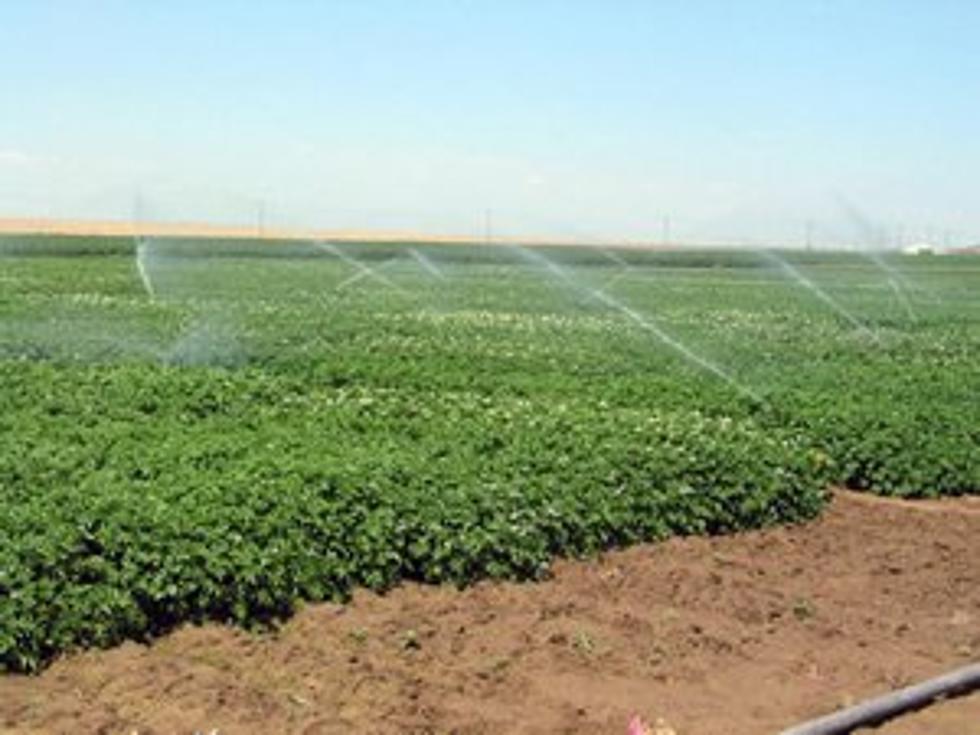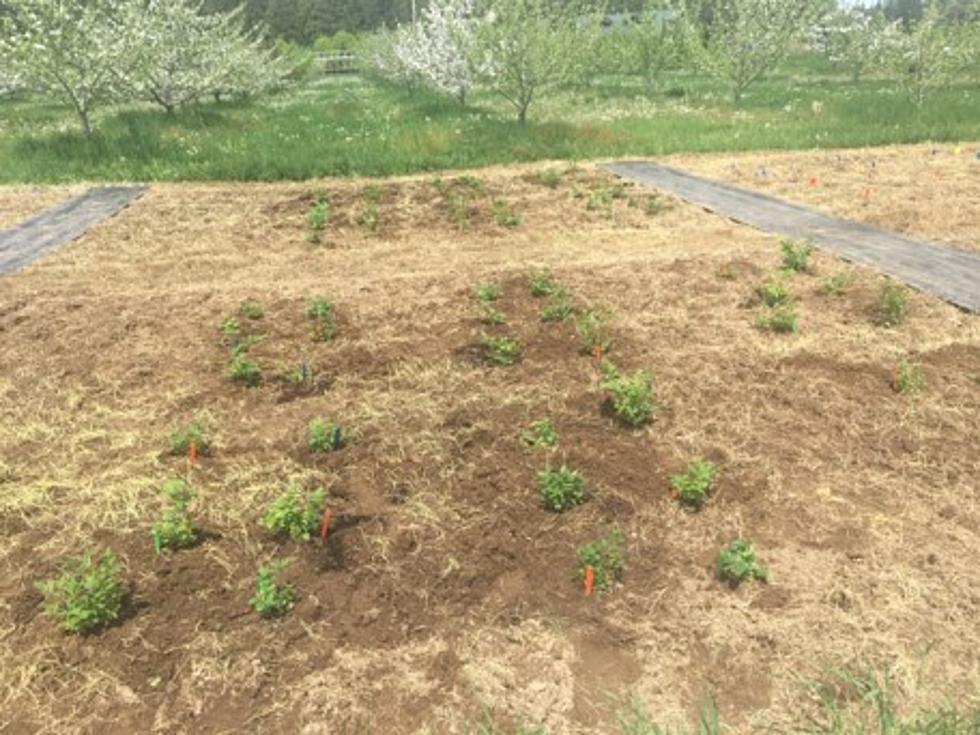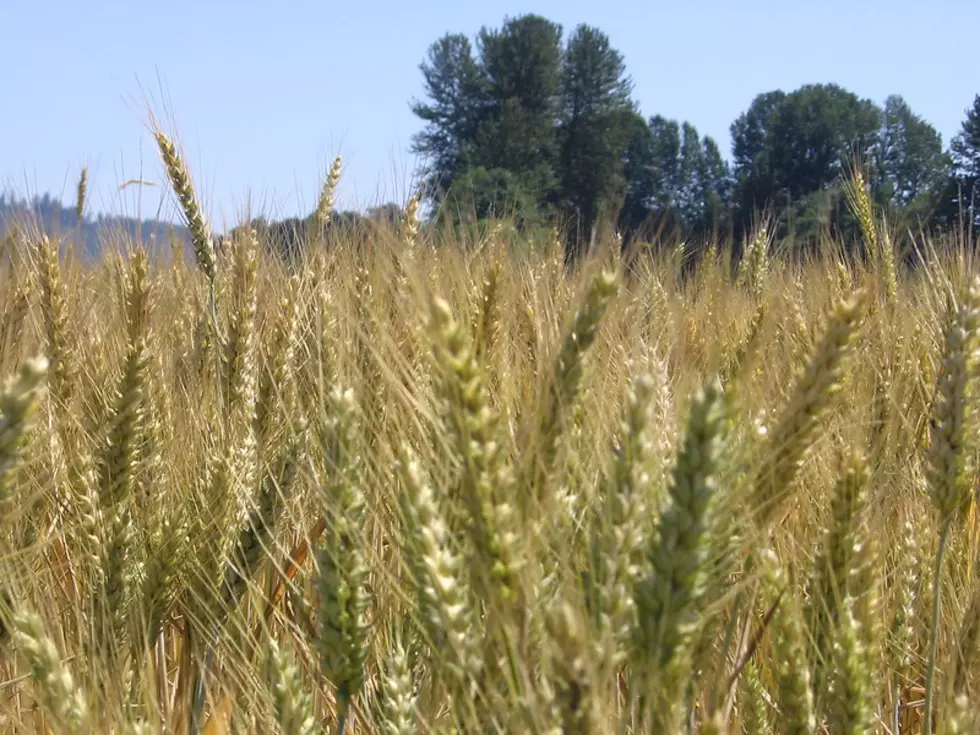
Soil Disease Hitting Fall Cereal Grains
MOSCOW, Idaho — Two University of Idaho Extension crop experts are advising area growers to learn the symptoms of a soilborne disease affecting cereals that’s new this season to northern Idaho and is likely to pose a recurring nuisance heading forward.
Soilborne wheat mosaic virus (SBWMV), which is most common and damaging in fall-planted cereals such as wheat and barley, was first confirmed in the Pacific Northwest in 1994, when it surfaced in Oregon’s Willamette Valley. It was found in Oregon’s Columbia Basin in 2005 and was first spotted in Washington in the Walla Walla area in 2009.
This spring, the disease was also found in Grant County, Washington, and the Culdesac area of Nez Perce County, Idaho. In addition to the single Idaho field in which testing has proven the presence of SBWMV, area field agronomists saw symptoms leading them to suspect it infected a few other fields near Culdesac.
Kurt Schroeder, an Extension cropping systems agronomist based in Moscow, and Douglas Finkelnburg, an area Extension educator specializing in crop systems based in Nez Perce County, say cereal farmers in the region can best protect themselves by learning symptoms of SBWMV and testing any winter cereals that exhibit unusual symptoms next spring.
“At field days this summer we are going to help people understand how to scout for it,” Finkelnburg said. “If they can identify the disease, they can choose varieties that have resistance to plant in the fields that have the disease.”
SBWMV is transmitted mostly in soil by a fungus-like parasite, called Polymyxa graminis. It’s primarily spread from field to field via soil on tainted farm equipment, making good sanitation of machinery important for keeping it in check. The virus causes green and yellow mosaic patches that emerge on winter wheat in the spring, especially in damp, low-lying areas of a field. Infections often follow the direction of tillage, though it was spread sporadically in the field in the Culdesac area.
The virus replicates when cereals come out of winter dormancy at temperatures between 35 and 50 degrees. Once temperatures rise above the mid 60s, it can no longer replicate and new, normal plant tissue grows, but it leaves its mark by stunting plants, reducing plant tiller development and yield potential. The weather warmed shortly after the virus was found near Culdesac and the symptoms faded, making it impossible to adequately scout other fields.
Growers who plant a sensitive wheat variety can expect yield losses of 50% to 80% in heavily infested fields.
Schroeder suspects the virus has been around in Idaho for a while but has simply been confused with other crop stressors and diseases that cause similar symptoms, such as nitrogen deficiency.
“I’m sure if we start looking around, we’ll probably find more of it, at least in that local area,” Schroeder said.
Field agronomists who discovered the infestation contacted UI Extension upon realizing that something was wrong with the grain that didn’t fit other challenges or diseases they’d encountered. U of I sent the wheat samples for laboratory testing at Oregon State University and Washington State University, where scientists have more experience with the virus.
Schroeder and Finkelnburg plan to provide material to UI Extension plant pathologist James Woodhall to help him equip his Parma-based laboratory to test for the disease statewide.
The vector and virus can remain viable in soil for several years. Once it’s found, planting a resistant variety in that field is a grower’s primary recourse. Fumigation can be effective against the virus-laden vector, but it’s not a financially practical option for growers and is unlikely to completely eliminate the pathogen.
“You can’t rotate away from cereals for three or four years and come back. It’s still going to be there,” Finkelnburg said. “Sanitation and variety choice are your control practices.”
Fortunately, crop breeders have a couple of strong resistance genes at their disposal to breed crops capable of withstanding SBWMV. Several resistant varieties already exist, and Schroeder and Finkelnburg have also been reviewing literature to identify good options for Idaho growers to plant.
A few years ago, U of I released a resistant soft white winter wheat that’s adapted to northern Idaho conditions and may provide growers with a good option, called UI-WSU Huffman.
“The downside for north Idaho is this virus is not something we’ve kept close tabs on,” Schroeder said. “I think as this disease becomes more widespread there’s going to be more interest among the breeders to move toward more resistant varieties.”
Source: University of Idaho Extension
5 Annoying Washington State Weed Types That’ll Destroy Your Yard
More From PNW Ag Network


